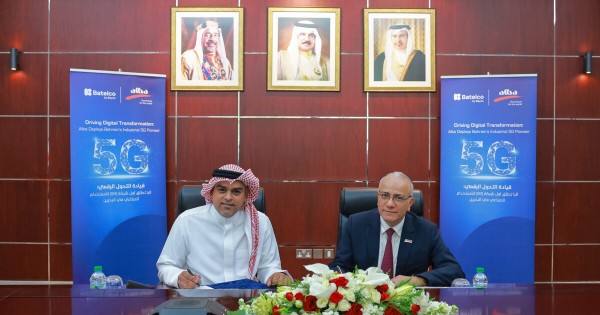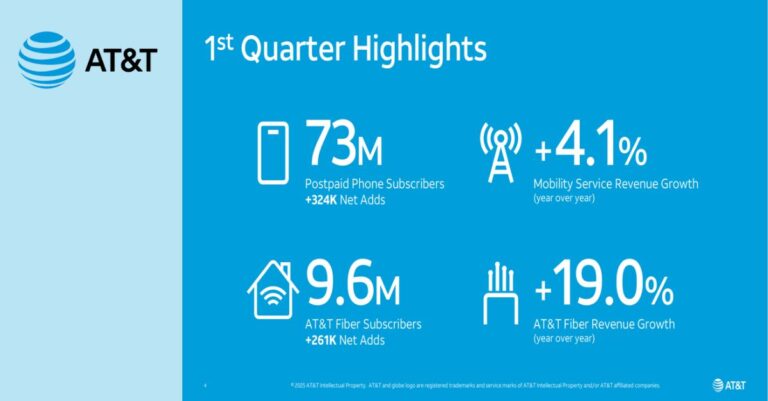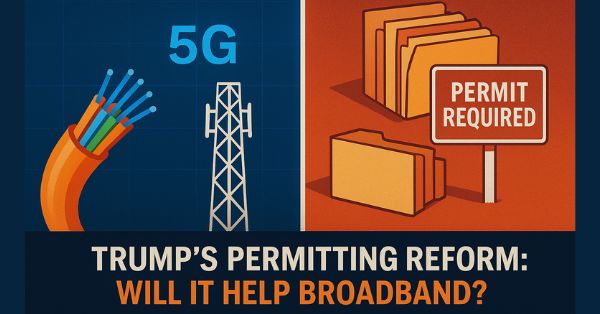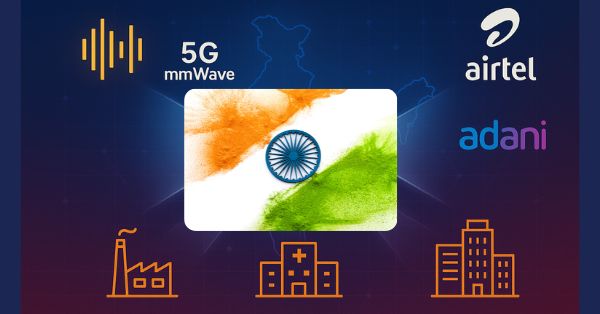SATCOM and Indian Telecom: A Complementary Relationship
Satellite communication (SATCOM) technology is often seen as a transformative innovation in connectivity. However, its potential to disrupt India’s incumbent telecom giants—Bharti Airtel, Vodafone-Idea, and Reliance Jio—remains limited. Both industry experts and financial analysts, such as JM Financial, suggest that SATCOM will likely play a complementary role in India’s telecom landscape rather than replace traditional networks.
High Costs: The Key Barrier for SATCOM in India’s Telecom Market
One of the primary barriers to SATCOM adoption in India is cost. Terrestrial networks, powered by widespread 4G and 5G infrastructure, have achieved remarkable economies of scale, allowing them to offer low-cost services to consumers. These networks cater to India’s highly price-sensitive market, where affordability drives demand.
SATCOM, on the other hand, involves significant costs related to satellite deployment, operations, and maintenance. As a result, satellite-based services are expected to carry a much higher price tag compared to terrestrial networks, making them less competitive for everyday mobile communications. This cost disparity is particularly challenging in a country where telecom operators thrive on offering affordable plans to a massive consumer base.
Why SATCOM Lags Behind 4G and 5G in Speed and Compatibility
Speed is another critical factor limiting SATCOM’s potential to disrupt traditional telecom networks. SATCOM technology, even in its most advanced forms like Low Earth Orbit (LEO) satellites, struggles to match the high speeds and low latency offered by 4G and 5G networks. For consumers in urban and suburban areas, where high-speed internet is essential for activities like video streaming and gaming, terrestrial networks remain the preferred choice.
Additionally, SATCOM faces a significant compatibility challenge. Existing mobile phones and devices are designed to operate on low-frequency terrestrial networks. SATCOM, however, relies on high-frequency signals, requiring specialized hardware for devices to connect directly to satellites. Without widespread availability of compatible devices, SATCOM is unlikely to gain mass-market adoption anytime soon.
Overcoming Technical and Regulatory Challenges in SATCOM Adoption
The deployment of SATCOM in India also faces technological and regulatory hurdles. Integrating satellite connectivity into terrestrial ecosystems is complex and requires advanced technological solutions. Moreover, spectrum allocation for SATCOM remains a contentious issue. Companies like Bharti Airtel have requested the Indian government to allocate SATCOM spectrum administratively rather than through auctions, which could otherwise drive up costs.
Regulatory clarity and streamlined policies will be crucial for SATCOM’s growth in India. Additionally, partnerships with organizations like ISRO could help private players reduce costs and foster innovation, but these collaborations require robust frameworks and government support.
Filling Connectivity Gaps: The Niche Role of SATCOM in India
India has achieved remarkable success in expanding terrestrial network coverage across urban and rural regions. Telecom operators like Airtel, Reliance Jio, and Vodafone-Idea have deployed extensive 4G and 5G networks, providing robust connectivity even in many remote areas. However, certain geographies remain challenging for terrestrial networks due to extreme terrain, sparse populations, or natural barriers.
In these specific scenarios, SATCOM technology can play a pivotal role. For instance:
- Remote and isolated regions: Mountainous terrains, dense forests, and sparsely populated areas where laying fiber or deploying towers is uneconomical or impractical.
- Maritime and aviation sectors: SATCOM provides uninterrupted connectivity during air travel or in the middle of the ocean, where terrestrial infrastructure is unavailable.
- Disaster recovery: During natural disasters or emergencies, when terrestrial networks may be damaged or overloaded, SATCOM can serve as a reliable backup.
Rather than serving as a primary connectivity option, SATCOM is ideally positioned to fill these critical gaps and complement the robust terrestrial networks already present in most parts of the country.
Enterprise Solutions: How SATCOM Serves Specific Industries
While SATCOM may not disrupt mass-market telecom services, it has significant applications in the enterprise sector. Industries that operate in remote or challenging environments, such as mining, oil and gas, maritime, and transportation, can benefit from the reliability and wide reach of satellite-based networks.
Some specific enterprise use cases include:
- Real-time IoT and M2M communications for industrial operations in remote areas.
- Logistics and supply chain tracking in regions without terrestrial connectivity.
- Disaster recovery and business continuity solutions, offering reliable backup connectivity during terrestrial network outages.
By focusing on these enterprise applications, SATCOM can carve out a profitable niche within the broader connectivity market.
How Global SATCOM Partnerships Are Shaping India’s Telecom Future
Globally, SATCOM players like Starlink, OneWeb, and Amazon Kuiper are driving innovation in satellite-based connectivity by deploying LEO satellite constellations. These constellations promise reduced latency and improved speeds compared to traditional geostationary satellites.
In India, Bharti Airtel’s partnership with OneWeb and Jio’s collaboration with SES are key examples of how telecom operators are embracing SATCOM as a complementary technology rather than a competitor. These partnerships aim to leverage SATCOM’s strengths in areas where terrestrial networks fall short, such as remote connectivity and enterprise-grade solutions.
Technological Innovations Driving SATCOM’s Growth in Connectivity
Technological advancements could further enhance SATCOM’s feasibility and adoption:
- Miniaturized Antennas: Compact and affordable antennas could simplify the integration of satellite connectivity into mobile devices and IoT systems.
- Reusable Rockets: Innovations like reusable rocket technology from SpaceX are driving down satellite launch costs, potentially making SATCOM services more affordable.
- Software-Defined Satellites: These satellites can dynamically adapt their frequency and coverage to optimize performance based on demand, improving efficiency and reducing costs.
If these advancements mature, SATCOM’s adoption in both niche and broader applications could accelerate significantly.
Sustainability in SATCOM: Managing Space Debris for the Future
One often overlooked aspect of SATCOM’s growth is its potential environmental impact. The rapid deployment of LEO satellites raises concerns about space debris and sustainability. To mitigate this, SATCOM operators must adopt eco-friendly practices, such as deorbiting satellites at the end of their lifecycle and using sustainable materials. Prioritizing green initiatives could enhance SATCOM’s long-term viability and align with global efforts toward sustainability and green networks.
The Future of Telecom: Hybrid Networks with SATCOM and 5G
The future of India’s telecom ecosystem is likely to revolve around hybrid networks that combine terrestrial and satellite technologies. In this model, terrestrial networks will handle urban and suburban connectivity, while SATCOM will address gaps in rural and remote areas.
For example:
- A rural consumer might rely on SATCOM for basic internet access, while using terrestrial networks during visits to urban areas.
- Enterprises could use SATCOM for failover solutions, ensuring uninterrupted connectivity in critical situations.
This hybrid approach ensures that SATCOM complements terrestrial networks, enabling telecom operators to extend their reach and improve reliability.
SATCOM’s Complementary Role in India’s Evolving Telecom Landscape
SATCOM technology presents exciting possibilities for expanding connectivity in India, particularly in remote and underserved areas. However, its high costs, speed limitations, and technological barriers make it unlikely to disrupt the dominance of traditional telecom players like Airtel, Jio, and Vodafone-Idea.
Instead, SATCOM will play a complementary role, enhancing coverage in niche markets such as rural connectivity, enterprise solutions, and disaster recovery. By adopting a hybrid model that combines the strengths of terrestrial and satellite networks, India’s telecom operators can ensure a more inclusive and resilient network ecosystem, driving digital inclusion and business growth without disrupting existing services.



























